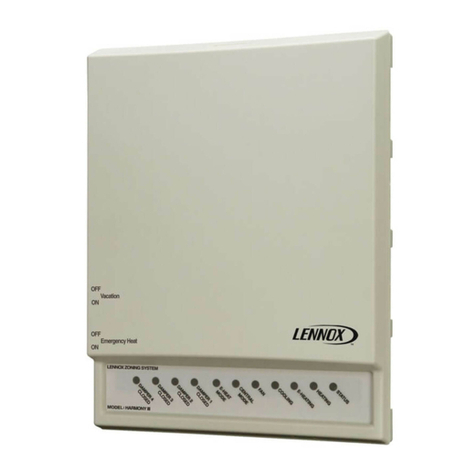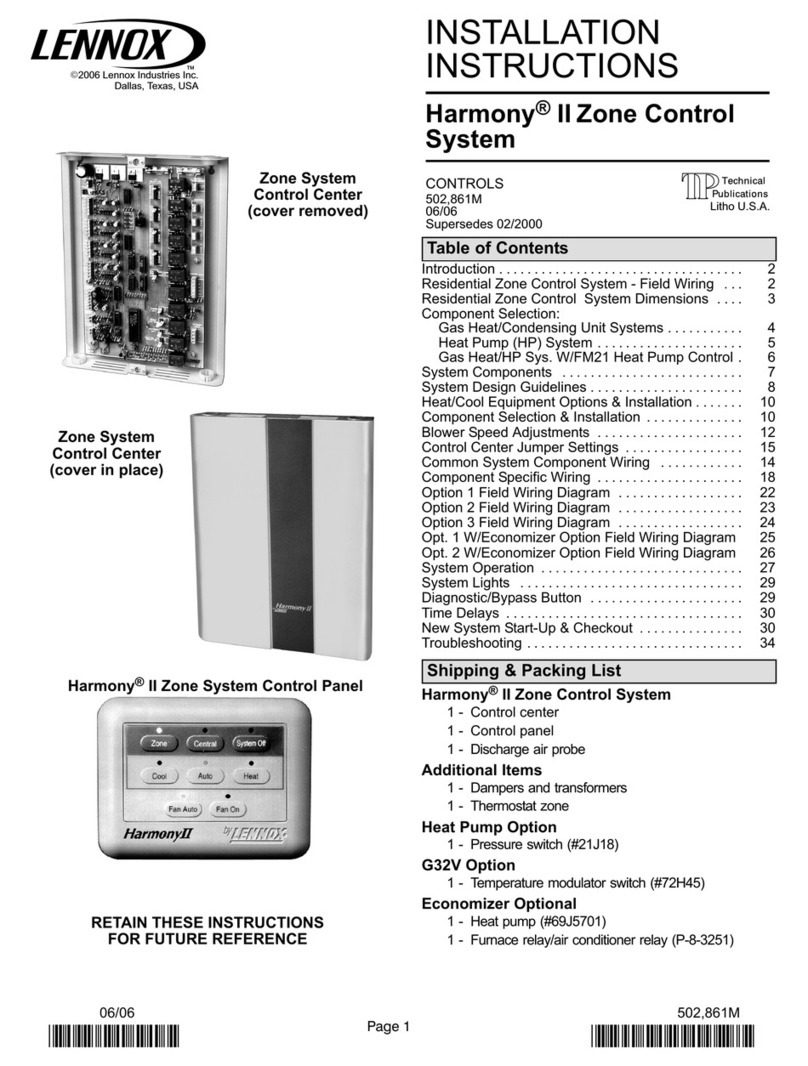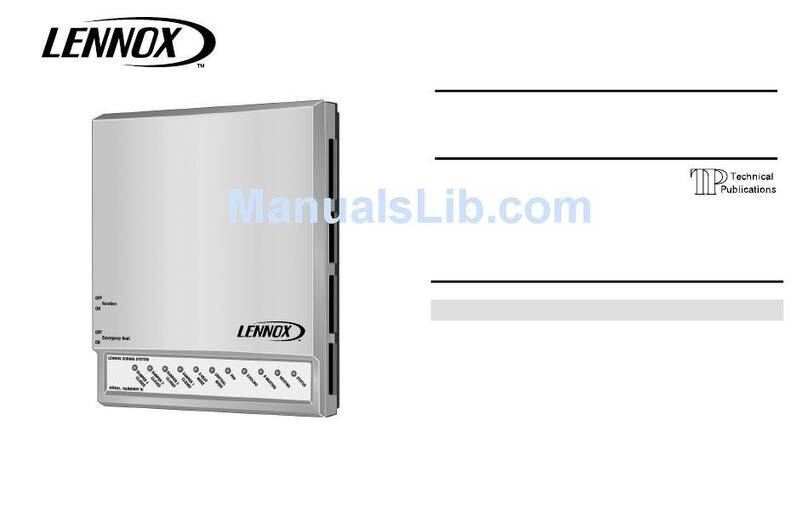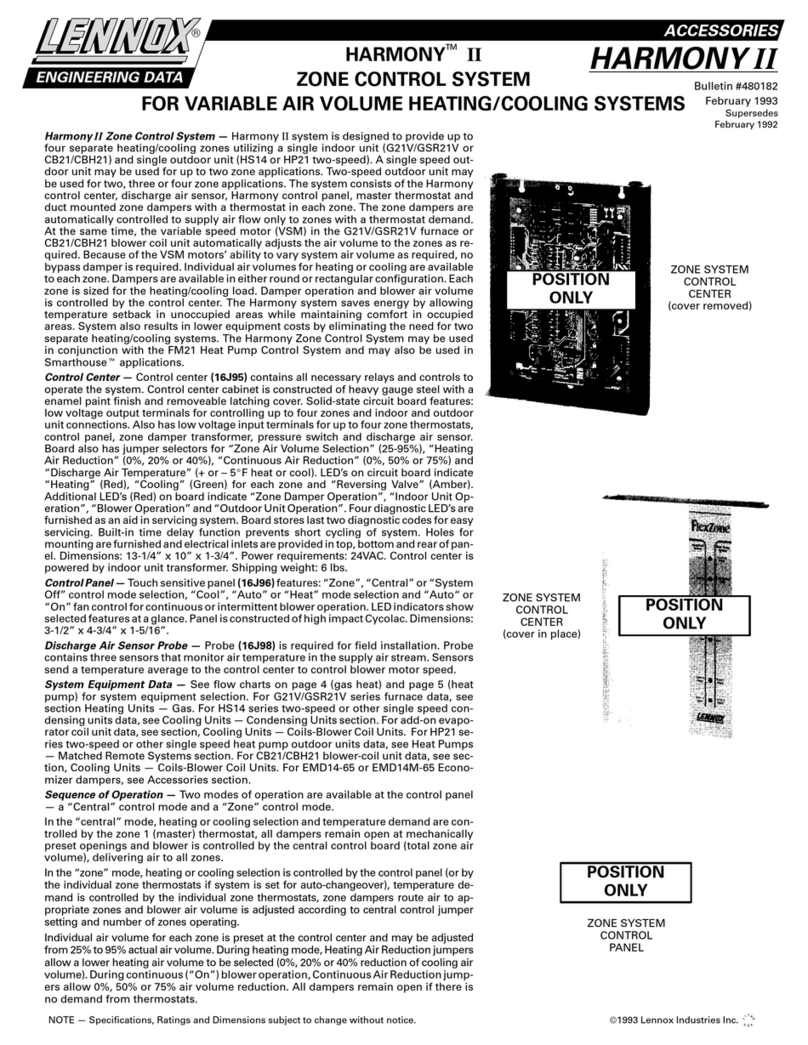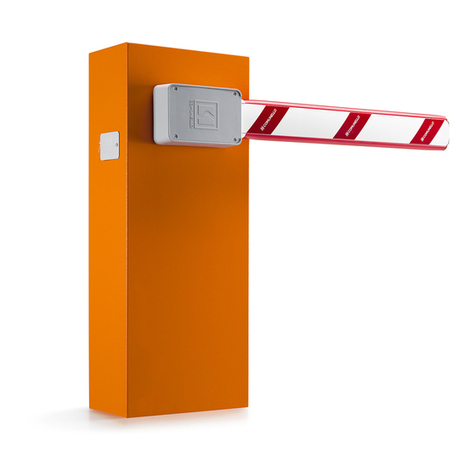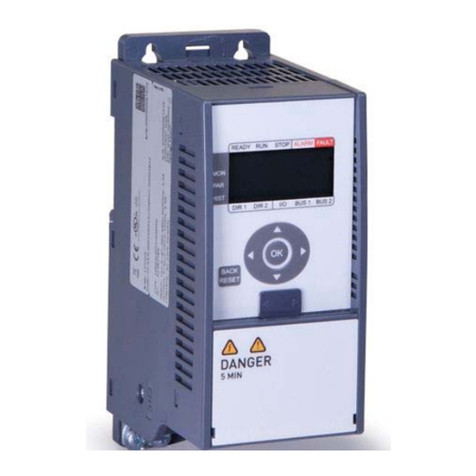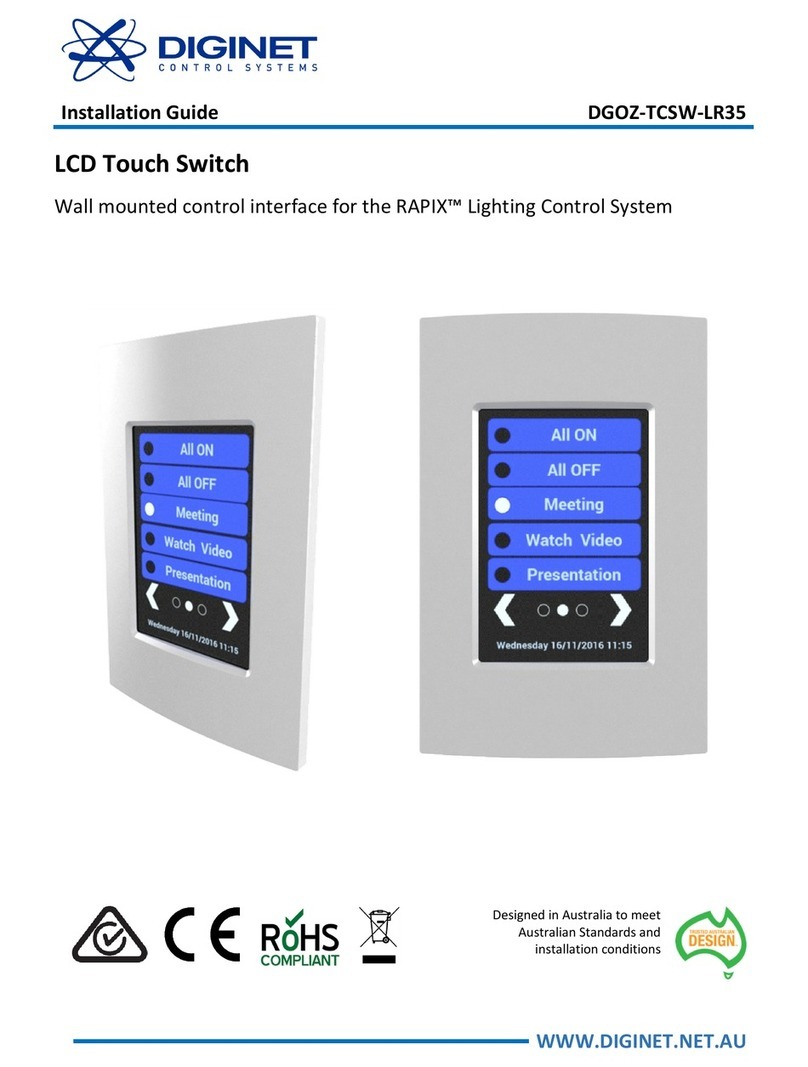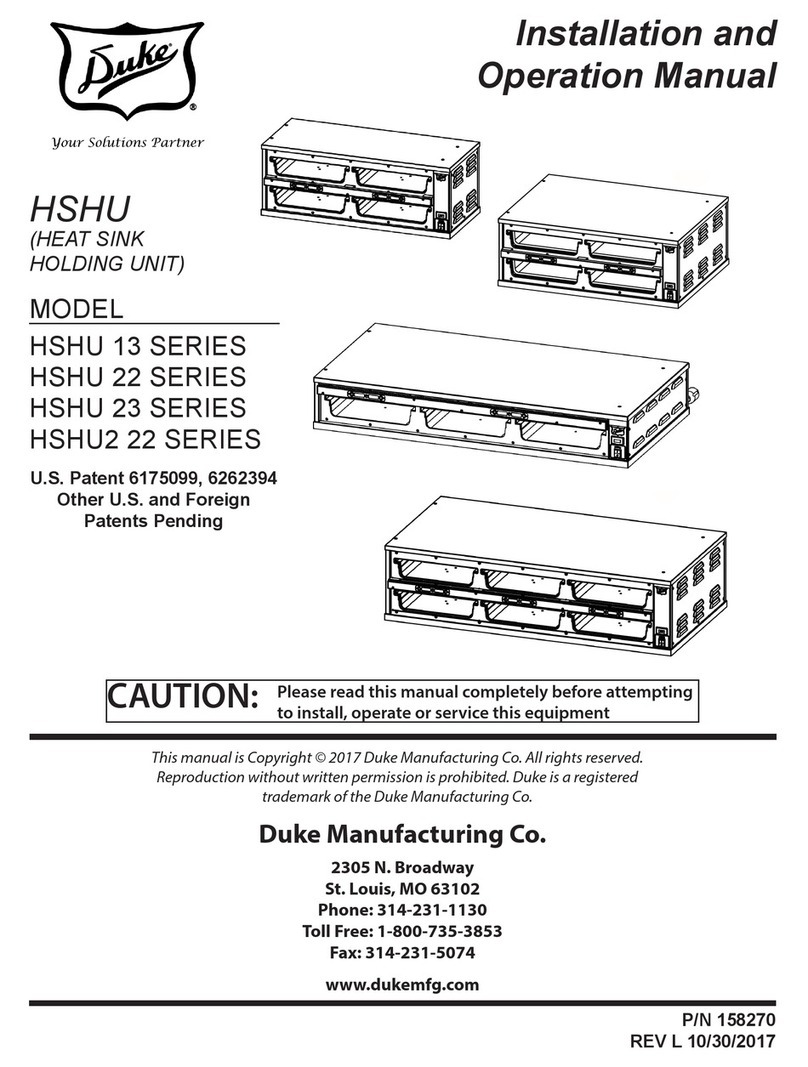
3
3.3.1. Operation ............................................................................................................ 27
3.3.2. Integrated Furnace Control W2 terminal to Harmony III zoning system
Control................................................................................................................. 28
3.3.3. Installation Setup Worksheets............................................................................. 28
3.3.3.1. SLP98V — Cooling/Heating (Non-Heat Pump Applications) .............. 28
3.3.3.2. SL280V, SL280NV, EL296V and SL297NV — Cooling/Heating
(Non-Heat Pump)................................................................................ 29
3.3.4. Zone Control Operation in a Gas Furnace System............................................. 30
3.3.4.1. Zone Thermostats............................................................................... 30
3.3.4.2. Balance Point Setting.......................................................................... 30
3.3.4.3. Zone Mode.......................................................................................... 31
3.3.4.4. Central (Vacation) Mode ..................................................................... 31
3.3.4.5. Cooling Operation ............................................................................... 31
3.3.6. Installation Setup Worksheets for Honeywell 2-Stage IFC Control — Cooling/
Heating (Non-Heat Pump)................................................................................... 31
3.4. Furnace System Start-Up and Checkout ...........................................................33
3.4.1. Start-Up the System (All Models)........................................................................ 33
3.4.2. Checkouts ........................................................................................................... 33
3.4.2.1. Typical Gas Heating Checkout (Single Zone) ..................................... 33
3.4.2.2. Typical Gas Heating Checkout (Multiple Zone)................................... 34
3.4.2.3. Typical Gas Heating Checkout (Central Mode)................................... 35
3.5. Zoning System with Gas Furnace Troubleshooting - Option 1...........................36
3.5.1. Troubleshooting Diagrams .................................................................................. 36
3.5.2. Gas Heating Operation ....................................................................................... 38
3.5.3. Discharge Air Upper Limit and Differential Temperatures ................................... 38
4. Air Handlers........................................................................... 39
4.1. Variations on Common AC Unit Applications .....................................................39
4.1.1. Heating/Cooling Equipment Installation .............................................................. 39
4.1.2. Air Handler Wiring ............................................................................................... 39
4.1.3. Variations ............................................................................................................ 39
4.2. Electrical Adjustments........................................................................................40
4.2.1. Communicating Indoor Control ........................................................................... 40
4.2.2. Non-Communicating Indoor Control.................................................................... 40
4.2.3. Installation Worksheets ....................................................................................... 42
4.2.3.1. Cooling/Heating with Electric Strip Heat (Non-Heat Pump) ................ 42
4.2.3.2. Heat Pump — Electric Strip Heat ....................................................... 44
4.2.3.3. Cooling Only or Cooling with Hot Water Coil (Non-Heat Pump) ......... 46
5. Dual Fuel (Option 3).............................................................. 48
5.1. Zone Control System Wiring - Option 3 .............................................................48
5.2. Dual Fuel System Start-Up Defrost Temperating Sensor Placement and
Checkout............................................................................................................49
5.2.1. Start-Up the System (All Models)........................................................................ 49
5.2.2. Defrost Temperating Sensor Placement ............................................................. 49
5.2.3. Checkouts ........................................................................................................... 50
5.2.3.1. Typical Dual Fuel Gas Heating (Single Zone)..................................... 50
5.2.3.2. Typical Dual Fuel Gas Heating (Multiple Zone) .................................. 51
5.2.3.3. Typical Dual Fuel Gas Heating (Central Mode) .................................. 52
5.3. Zoning System with Dual Fuel Troubleshooting - Option 3................................53
5.3.1. Troubleshooting Diagram.................................................................................... 53
5.3.2. Dual Fuel Operation (Below Balance Point)........................................................ 54
5.3.3. Discharge Air Upper Limit and Differential Temperatures ................................... 54
5.3.4. Dual Fuel Operation (Above Balance Point) ....................................................... 55
5.3.5. Defrost Operation................................................................................................ 55
5.3.6. Installation Setup Worksheets............................................................................. 56
5.3.6.1. Dual Fuel - Indoor Unit Honeywell 2-Stage IFC Control and Heat
Pump 56
5.3.6.2. Dual Fuel - SLP98 Variable Capacity and Heat Pump........................ 57
5.3.6.3. Dual Fuel - Variable Speed SL280V, EL296V, SL297NV and
Heat Pump .......................................................................................... 58
6. Troubleshooting.................................................................... 59
6.1. Operation and Troubleshooting Indicators .........................................................59
6.1.1. Zone Control Panel LEDs ................................................................................... 59
6.1.2. Fault Recall and Time Delay Override ................................................................ 60
6.1.3. Time Delays ........................................................................................................ 60
6.1.4. Discharge Air Probe Checkout (All Systems)...................................................... 60
6.1.5. Blower Speed Checkout...................................................................................... 61
6.2. Diagnostic LED Error Codes..............................................................................62
6.3. Air Delivered By Blower .....................................................................................63
6.3.1. Formulas ............................................................................................................. 63
6.3.2. PIAB Calculation Worksheet ............................................................................... 65
7. AirowData ........................................................................... 66
8. User Guide............................................................................. 77
8.1. What is the Harmony III™ zoning system? .......................................................77
8.2. What does the Harmony III™ zoning system consist of?...................................77
8.3. How do I set the Control Center Switches? ......................................................77
8.4. How do I use the Thermostat Controls?.............................................................77
8.5. How do I use the Central (Vacation) Mode? ......................................................77
